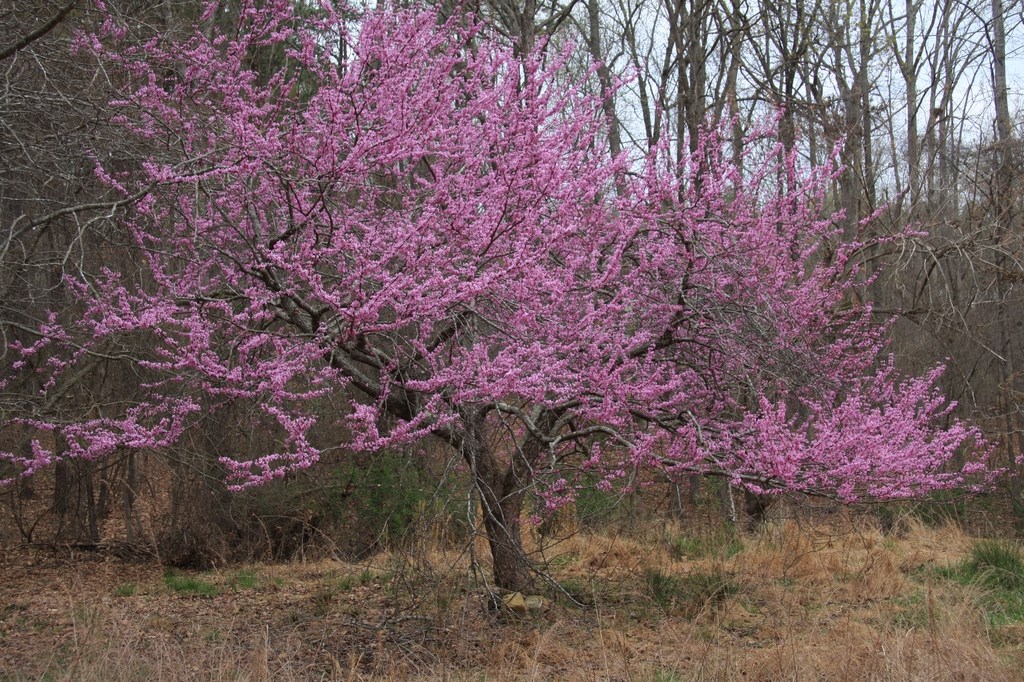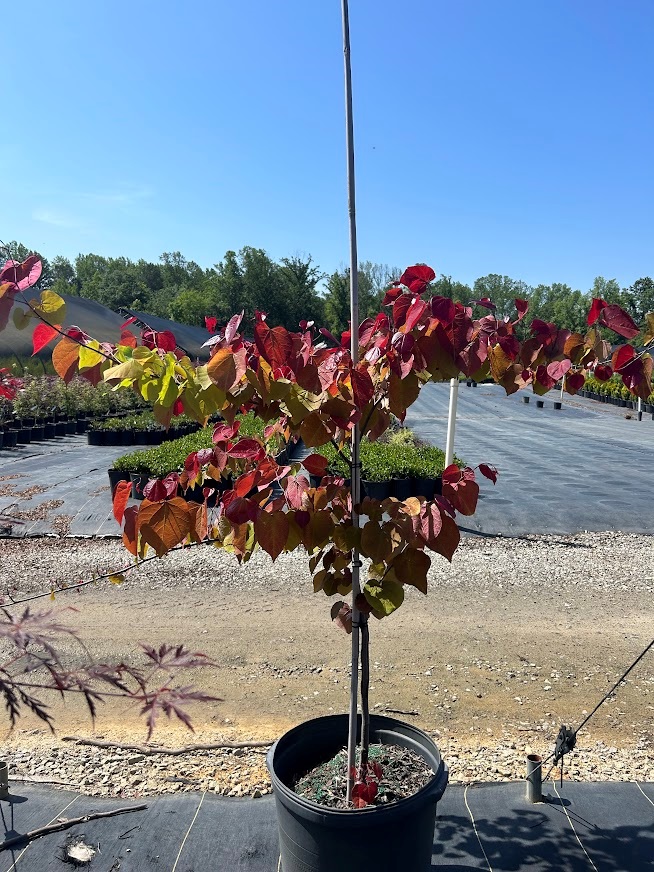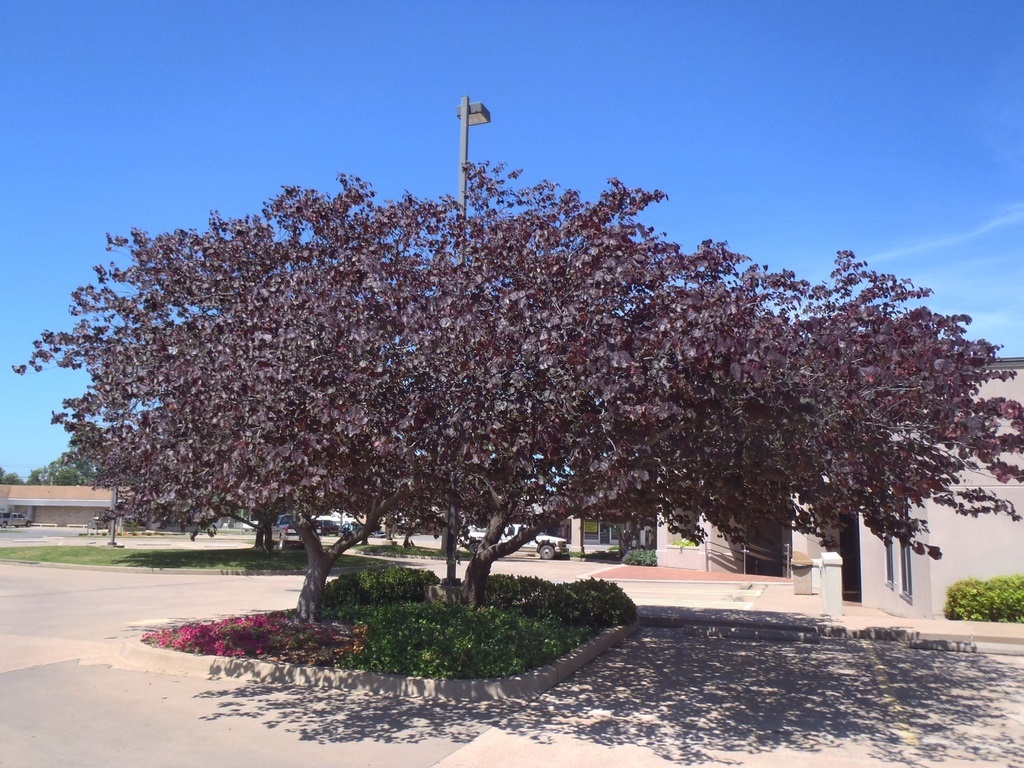919-552-8286
sales@adcocksnursery.com

Grows 20' - 30' h x 25' - 35' sp
*** SOLD OUT *** This version of the Eastern Redbud has soft, creamy-white flowers that pop open in early spring. The tree itself can grow to 20’ – 30 tall with up to a 35’ spread. Fall leaf color is a pleasant pale yellow, and the tree sports flattened bean-like pods (a food source) that remain on the tree into winter. Redbuds are fantastic understory trees that provide early-season nectar sources for birds, bees and other pollinators, as well as habitat for caterpillars, an important food source for baby birds.

Grows 20' - 30' ht. & sp.
Cercis canadensis, commonly called Eastern Redbud, is a deciduous, often multi-trunked understory tree with a rounded crown that typically matures to 20-30’ tall with a slightly larger spread. It is particularly noted for its stunning pea-like rose-purple flowers which bloom profusely on bare branches in early spring (March-April) before the foliage emerges.
This tree is native to eastern and central North America from Connecticut to New York to southern Ontario and the Great Lakes south to Western Texas and Florida. It is found in open woodlands, thickets, woodland margins, limestone glades, and along rocky streams and bluffs throughout Missouri (Steyermark). Flowers bloom in clusters of 4-10. Flowers are followed by flattened, leguminous bean-like dry seedpods that mature to brown in summer. Each pod has 6-12 seeds. Pods may remain on the tree into winter. Leaves turn pale yellow to greenish-yellow in fall. - Missouri Botanical Garden
Photo Credit: NC State Extension

Grows 15-20' height x 15' Spread
*** SOLD OUT *** Foliage is shades of green, red, and yellow.
Use as a small, understory tree. Offers abundant small pea-like pink flowers in the early spring followed by heart-shaped foliage. Likes sun to part shade and is tolerant of average, well-drained soils. Will not tolerate wet soils.

Grows 20-30'
'Forest Pansy' redbud is a purple-leafed, small, understory tree. Offers abundant small pea-like lavender-pink flowers in the early spring, followed by attractive purple-hued, heart-shaped foliage. Likes sun to part shade and is tolerant of average, well-drained soils. Will not tolerate wet soils.
Photo Credit: The JC Raulston Arboretum; Wiki Commons